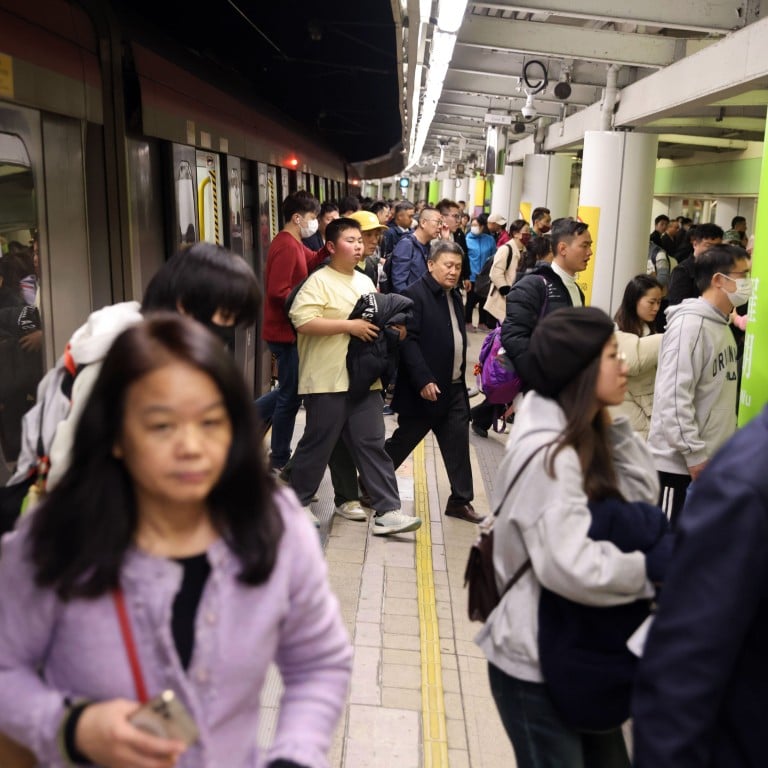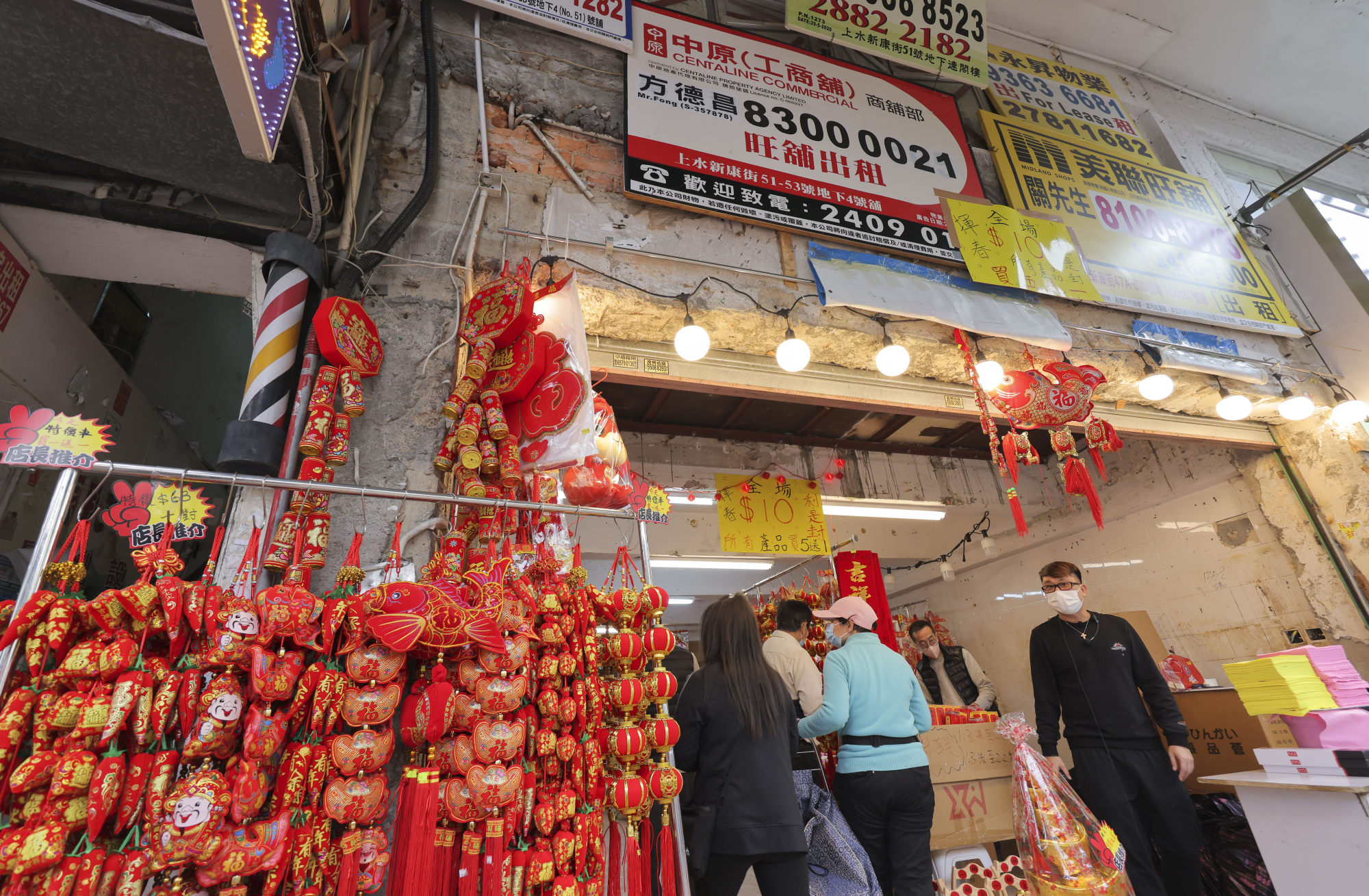
Extended hours at mainland China border ease Hong Kong’s Lunar New Year travel woes
- Extending the hours at Lo Wu and Shenzhen Bay border crossings run smoothly, boosting mainland visits to Hong Kong and supporting the local economy
The stranding of mainland tourists after the New Year’s Eve fireworks has turned out to have a silver lining, prompting the authorities to extend the opening hours of two border crossings during Lunar New Year to avoid a repeat of embarrassing scenes. It all went smoothly, making a strong case for officials to not only repeat the extensions at the Shenzhen Bay and Lo Wu crossings, but also seriously consider adopting the measure at other checkpoints.
This is one of the highlights of the holiday that saw Hong Kong continue a gradual bounce back from the decimation of cross-border tourism by pandemic travel curbs. Immigration figures show mainlanders made more than 650,000 trips to Hong Kong in the first four days of the Lunar New Year holiday – exceeding mainland arrivals of about 640,000 in the corresponding pre-pandemic period of 2018.
In the first four days, all visitors made a total of 745,598 trips, while locals made 1.3 million outbound trips.
A tourism industry spokesman said the number of tour groups from the mainland had reached two-thirds of pre-Covid levels within three days – about 200 groups each day during the break.

That said, the holiday delivered mixed messages. Many restaurants, for example, reported exceptional business.
At the same time, the trend towards day trips from the mainland continued, with many visitors saving cash by focusing on tourist experiences rather than luxury shopping and hotel stays. There are complementary factors at work here, including prudence amid mainland economic difficulties, competition in duty-free shopping from Hainan, convenient travel options for day visits such as the high-speed rail.
Some of those interviewed by the Post planned to stay only a day because of comparatively high hotel room rates in the city – although occupancy was reported to be healthy – not to mention the disincentive of a high Hong Kong dollar exchange rate. That is another reason for extending opening hours at checkpoints, which could encourage day trippers from the mainland to stay in the city a few hours longer, and spend more.
That in turn would add to the vibrancy of the city’s nightlife, which is a visitor attraction.
Hong Kong logs 540,000 tourist trips in first 3 days of Lunar New Year break
Tourism remains an important pillar of the city’s economy, but the competition in terms of costs and attractions is tougher than ever, including from mainland cities. Hong Kong cannot just rely on big events such as Lunar New Year fireworks, or next month’s International Cultural Summit to mark the start of Art Week, coinciding with Art Basel Hong Kong, although they showcase the city’s destination profile.
It must play to and develop all its strengths, week in, week out. Improving services and promoting Hong Kong’s own attractions and advantages are critical too.

